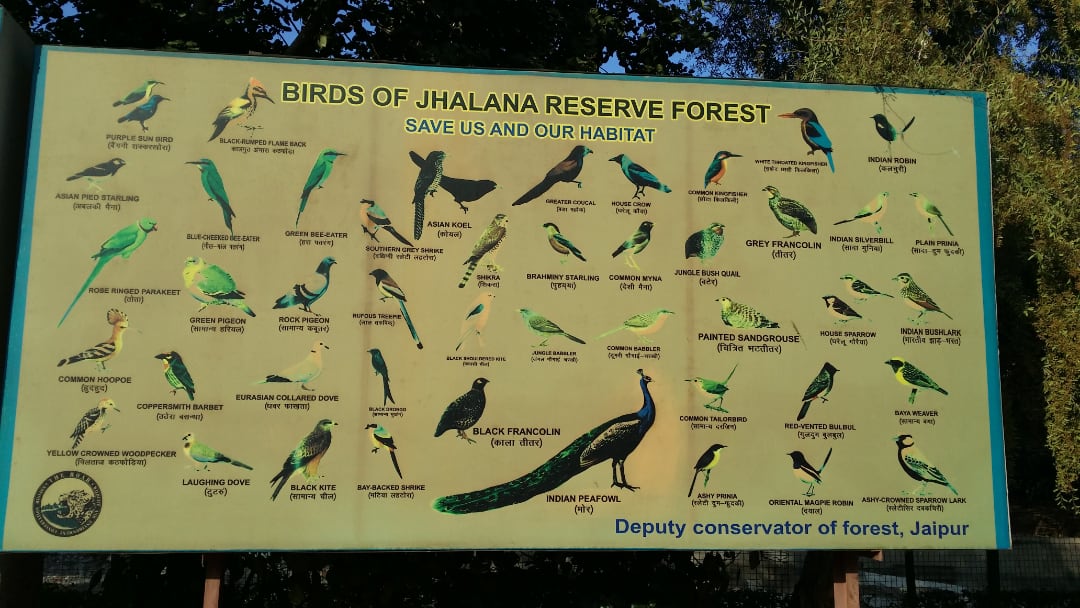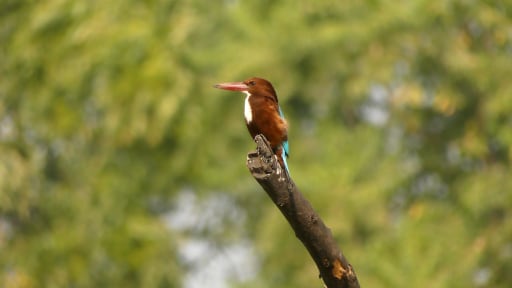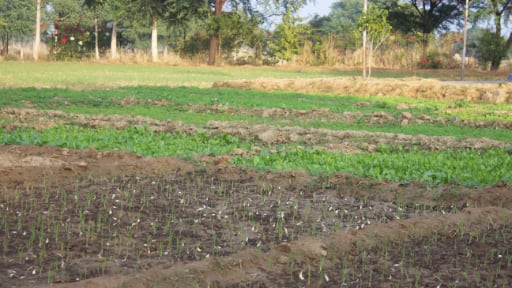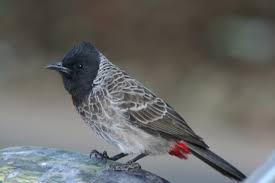


Birdlife
- Approximately 500 species of birds have been recorded in Rajasthan. This includes approximately 100 migratory species
- Our visitors usually come across a variety of local birds on a visit to our organic farm, Ikaki Bagh
- Bird lovers can also make day trips to national parks and wildlife sanctuaries. These areas are within comfortable reach of Jaipur
Rajasthan has a variety of forest habitat with rich and varied fauna and flora, including:
- Semi-arid desert and tropical thorn scrub forests in the West
- Tropical dry deciduous forests in region around Jaipur
- Sub-tropical, semi-evergreen hill forests towards the south of the state, and
- Mixed miscellaneous forest further to the South
The Aravalli Range is a range of mountains that passes through Rajasthan in a south-westerly direction. These important mountains support a diverse range of dry habitat. The mountains are also the source of three main rivers that flow south. These rivers are part of a large network of lakes, tributary rivers wetlands. 60% of the state is covered by this inland drainage system.
A lot of the natural habitat of Rajasthan is under pressure climate change and man-made impacts. This includes drought, land degradation, industrial scale agriculture, habitat loss, water resources disruption, salination and pollution. These impacts are threatening biodiversity including birdlife.
Despite these pressures, there are still good opportunities to enjoy a wide variety of bird species. Tourists interested in wildlife helps promote conservation and maintaining and restoring habitats.
Ikaki Bagh and the surrounding countryside supports a good range of birdlife. Birds heighten a visitor’s sense of peace and quiet. They help connect with the slower daily rhythms of traditional life in the countryside.
Recent bird sightings at Ikaki Bagh include:
We are proud to only use organic methods on our farm. We do so to promote healthy quality food production and care for the environment.
We have an active tree planting program. This includes fruit trees and planting trees and shrubs that are indigenous to the area. Tree-planting supports improved biodiversity and water conservation.
We are planning to extend tree planting to open land bordering our farm. We also support tree planting at the local primary school we support. Visitors are welcome to get involved in this initiative.
Bird enthusiasts staying in Jaipur can access significant areas for bird watching. Examples include:
- Jhalana State Forest – 21 sq km. of picturesque forest on the eastern edge of Jaipur. The State Forest is popular for the chance to see leopards, part of an introduced wildlife breeding program. A wide variety of birdlife inhabits the forest. Being so close to Jaipur lends itself to sunrise or sunset birdwatching. There is a designated birdwatching point at Neemgatta.
- Ranthambore National Park – located 130kms south-east of Jaipur. A vast wildlife reserve approximately 200 sq. kms. Popular as a destination for sighting Indian Tigers with an exceptional variety of animal life. The park also offers exceptional birdwatching opportunities with 282 species documented.
- Keoladeo National Park – (formerly known as Bharatpur Bird Sanctuary). 180 kms east of Jaipur on the road to Agra, home of the Taj Mahal. Home to more than 230 resident and migratory bird species in a protected area of 29 sq km. The largest Bird Reserve in India was declared as a protected sanctuary in the year 1971. It was included in UNESCO World Heritage Site list in 1985.
- Man Sagar Lake –an artificial lake, constructed in the 16th century situated in Jaipur. A surface area of 139 ha. With a catchment area of 23 kms. A restoration initiative begun in 1997 has resulted in the increasing return of birdlife with 182 species documented.
Even parts of Jaipur itself provide the opportunity to enjoy native birdlife.
Ikaki Niwas, our boutique hotel is situated in the leafy suburbs of south-eastern Jaipur. We are within close reach of Jhalana State Forest.
Ikaki Niwas is also next to Kalpana Chawla Park. With its mature trees, this small park is still very attractive to a variety of birds especially bee-eaters and parakeets.
Smriti Van Wildlife Park is also nearby. It provides good opportunities to see peacocks, other native birds and butterflies. It is especially enjoyable to visit early morning.

